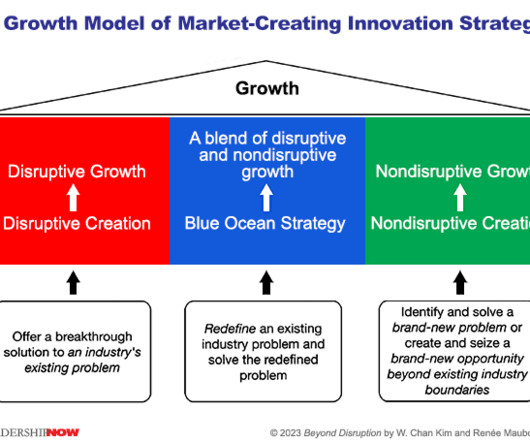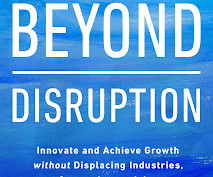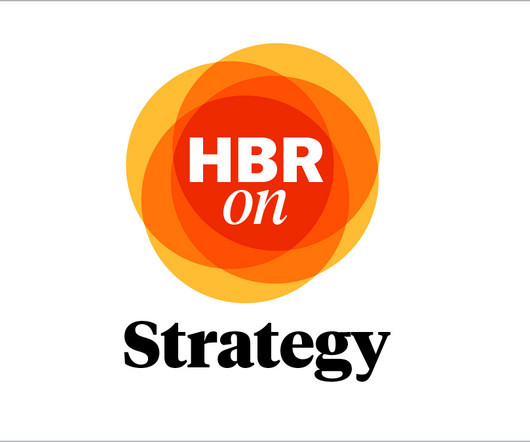Management Tools For Leaders: Red Ocean/Blue Ocean Strategy
Rich Gee Group
MAY 3, 2022
Tool #5 - Red Ocean/Blue Ocean Strategy This week, let’s understand how companies position themselves in the marketplace to succeed - The Red Ocean/Blue Ocean Strategy. History: Red Ocean/Blue Ocean is a strategy developed by W. Be the Big Fish in the pond.
































Let's personalize your content